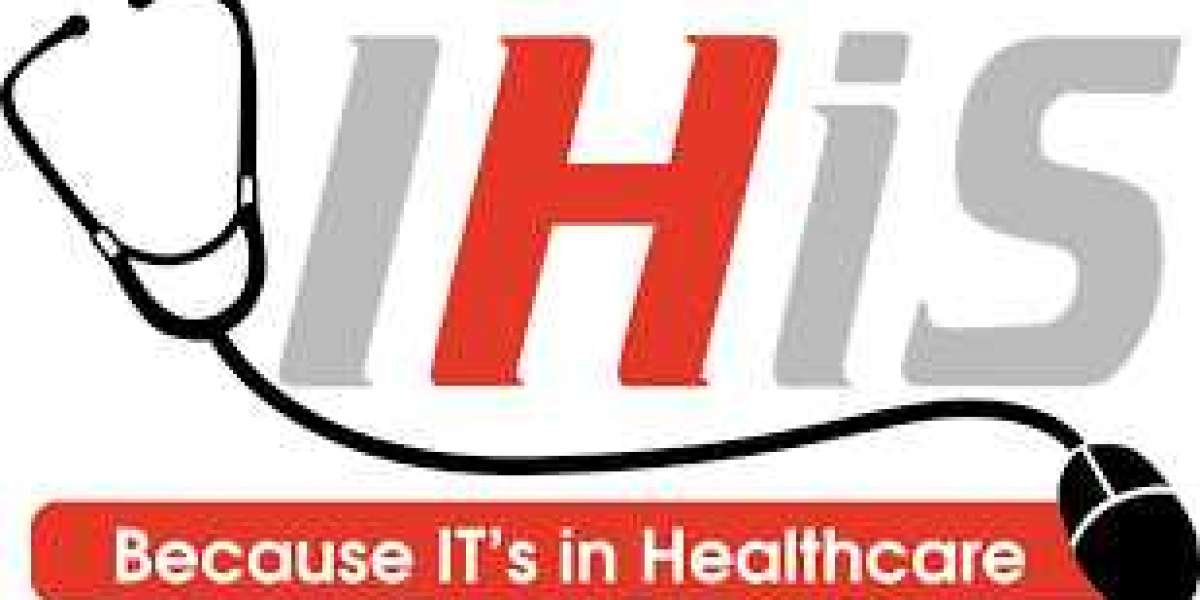Integrated Health Information Systems (IHiS) is a renowned name in Singapore’s healthcare sector. And this doesn’t come as a surprise considering it is the largest HealthTech employer in Singapore. Over the last 10 years, IHiS has been the architect and implementer of IT systems that have supported the operations of 47 public healthcare institutions including acute hospitals, specialty centers, and polyclinics.
IHiS team capabilities was in display during the COVID-19 pandemic as they immediately added features in new IT system to help contain the virus in Singapore. The command, control and communications (C3) system was developed to help healthcare workers predict demand for hospital beds and other healthcare resources.
It was mainly launched to manage healthcare resources, and it doesn’t disappoint in this regard. The C3 system at Tan Tock Seng Hospital helped the National Centre for Infectious Diseases (NCID) quickly make bed space available for patients and safely manage the crowd as COVID-19 numbers in the country surged.
The system deployment for healthcare management system was done progressively, with 21 versions of the system or one to two releases a week. This is quite fascinating considering most systems only get upgrades once or twice a year, or patched once every month or so.
That’s not to say coming up with the C3 system was a walk in the park for the team at IHiS. The amount of work involved was huge since the IHiS team had to integrate information from sensors and real-time data with IT systems, process the data and make sense of it visually.
Considering the C3 uses Artificial Intelligence and Data analytics, it was easy for TTSH and NCID to better control the flow of resources across both institutions, which are closely located and share the same pool of manpower. The C3 system boasts over 1,500 indicators, including tracking of hospital equipment and how congested beds and wards are, many of which are monitored in real time.
There is more to the C3 system developed by the team at IHiS than what is included in this simple guide. No wonder you should take it upon yourself to research more about the system. That way, you can easily tell how it came to be and the role it played in helping curb the COVID-19 pandemic in Singapore. You can get more information at https://www.ttsh.com.sg/About-TTSH/TTSH-News/Pages/IHiS-team-quickly-added-Covid-19-pandemic-features-in-new-IT-system.aspx.








